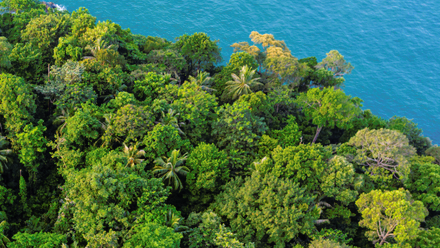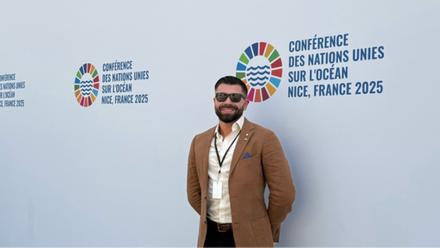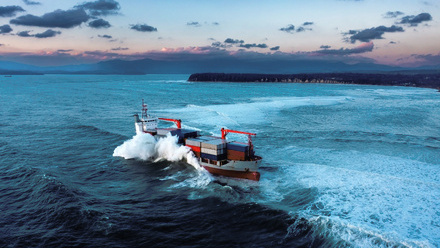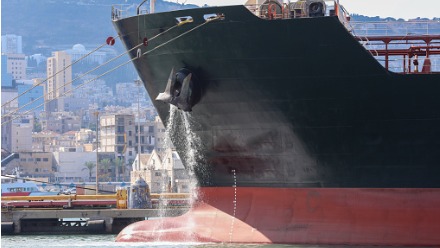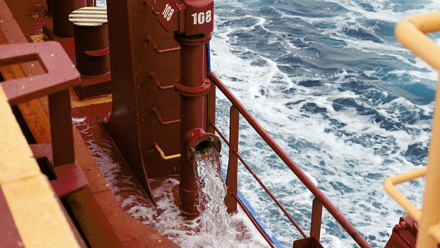Taking action on ocean acidification
The ocean is taking up ever-increasing levels of carbon dioxide and the resulting ocean acidification seriously threatens ocean health. Back to Blue, an initiative of Economist Impact and The Nippon Foundation, calls for governments to implement action plans.
Released towards the end of 2023, Back to Blue’s report Ocean acidification: Time for action brings together experts in support of the development of action plans to tackle ocean acidification. Few such plans currently exist.
“The most developed plans are those for the Pacific Coastal region of North America,” says IMarEST Fellow Ralph Rayner, professorial research fellow at the Grantham Research Institute on Climate and the Environment and co-chair of the IMarEST Operational Oceanography Special Interest Group (SIG).
Leaning on the work done by the International Alliance to combat ocean acidification and the most developed action plans, the Back to Blue report highlights several must-have components of a solid action plan. Those include a strong vision of success, monitoring and research, awareness-building, national and international collaboration, and reducing land-based pollution that places additional stress on marine life and the marine environment.
Plans should also include adaptation and mitigation strategies. For example, on the US Pacific coast, shellfish farms have had to adapt to localised acidification events. “The adaptation is that you design your facility such that you can either deepen or move it in response to a localised acidification event,” Rayner explains.
However, the most critical element any action plan needs to tackle is also the most difficult. “Ultimately, there's only one way of eliminating ocean acidification, and that is radically reducing carbon dioxide emissions,” Rayner says.
Net zero and beyond
With global carbon dioxide emissions increasing yearly, reducing emissions has never been more critical. As part of their commitments under the COP21 Paris Agreement, many governments are or have introduced net zero policies – reducing total greenhouse gas emissions, including carbon dioxide, to zero by 2050.
“Delivering net zero is essential, but reaching it is not the end of the problem because we’re still left with high carbon dioxide levels in the atmosphere. You still need to get the atmosphere back to some sensible level,” says Rayner. Moreover, Rayner confirms it is unlikely that we will eliminate all emissions from industrial activity. “We’re going to have to do something to offset what we continue to create.”
For many, including Rayner, a part of the solution lies in enhancing the capacity of the ocean to capture and sequester carbon from the atmosphere. Enhancement could include restoring natural carbon sinks, such as seagrass meadows and kelp forests, or artificial enhancement of ocean carbon dioxide uptake with techniques that contribute to its long-term removal from ocean waters.
“In the early days of thinking about combatting ocean acidification, there were some rather crazy ideas being promoted to spread vast quantities of powdered alkaline rocks across the ocean from ships,” says Rayner. “The problem is, you’d have to use such an enormous quantity of rock.”
“But perhaps smaller scale alkalinisation of surface ocean waters using powdered rock might make a modest contribution to reducing ocean acidification at the same time as increasing ocean carbon dioxide removal from the atmosphere.” Several small-scale trials are underway to evaluate this approach.
Nevertheless, Rayner concludes: “Artificial alkalinisation might contribute to offsetting difficult-to-abate atmospheric emissions and make a small contribution to reducing ocean acidification, it is no substitute for the fundamental need for rapid large-scale emission reductions to combat climate change and slow down ocean acidification.”
Discover more about efforts to reduce ocean acidification by joining the IMarEST Operational Oceanography SIG.
Main image: Coral bleaching in Okinawa, Japan; credit: Shutterstock

